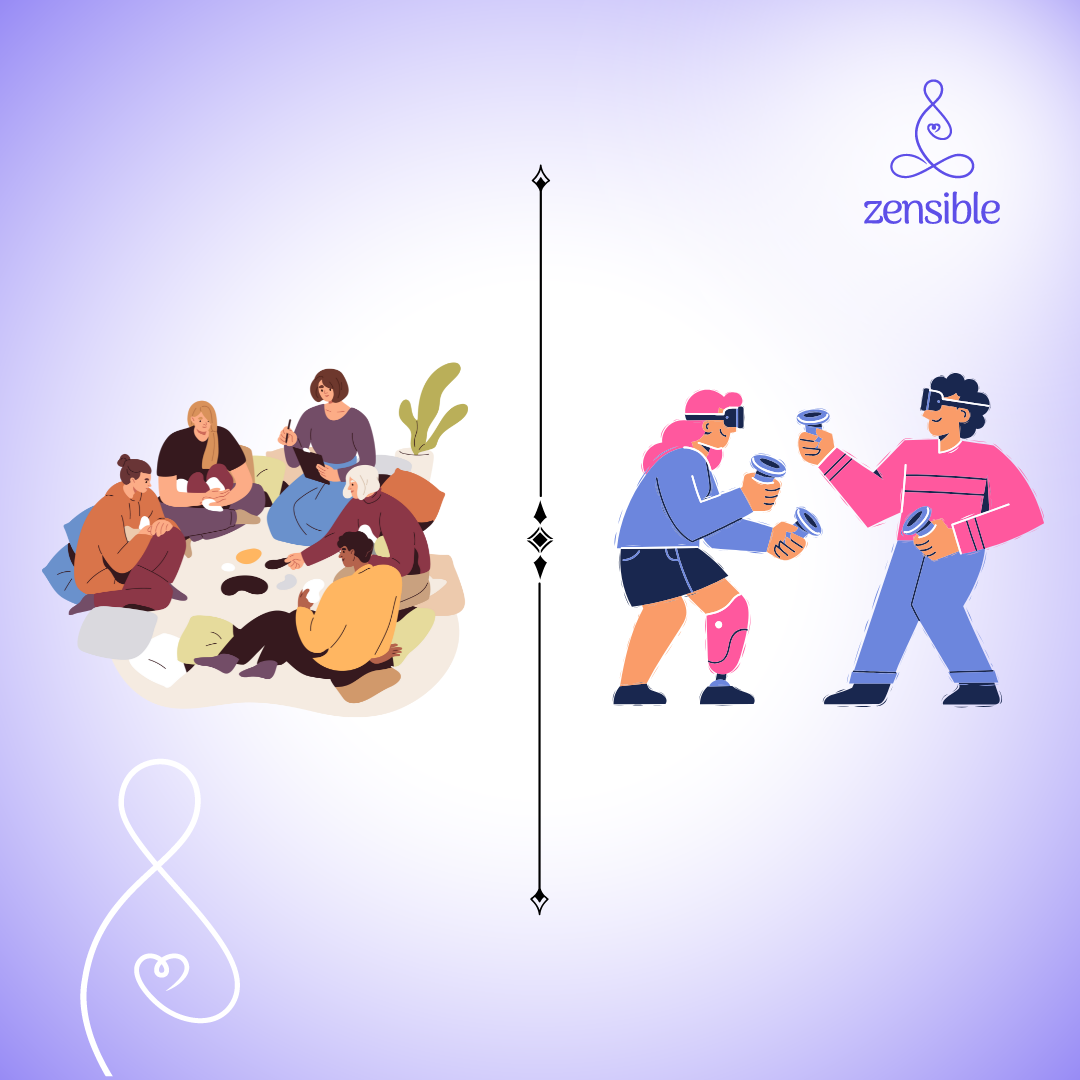Mental Health, But Make It Fun: Games for Everyday Growth
2025 appears to be a year of “comebacks.” In the fashion world, “capri pants” have returned to trend. We are also witnessing a revival of digital cameras as Gen Z tries to recapture the joy of their childhood memories. Imagine being transported back to the summer holidays of 2011. The sun is blazing outside, and you decide to stay indoors, inviting friends over for some fun board games. Doesn’t that bring back a flood of memories? While many games have become digitized, it’s been a while since I've seen anyone play them in person. Fortunately, thanks to the founders of creative workshops and board game cafes, there are still places that can transport you back in time! Although we may not be able to visit these workshops or cafes regularly, we can certainly bring the experience home. Plus, the added benefit is that you can enjoy the company of friends whenever you like, which can also help improve your mental health !
Get, set, ready to play ?! And ready to tap into those emotions and have some fun with them ?
A good game of Bingo (Mental Health Version):
Instead of using a series of numbers and crossing them out to call out "Bingo," we will change the game a bit. Instead of numbers, we will use phrases related to mental health, while keeping the crossing-out part the same. The more boxes you cross out, the better your mental health is! And remember, there's no cheating. You may be able to trick yourself into winning this game, but you can never deceive yourself when it comes to your mental health!
2. Computer Games:
This seems like a great excuse for gamers to spend a little extra time playing! But joking aside, research indicates that computer games like "Tetris" can delay trauma flashbacks in individuals with PTSD. Additionally, these games are believed to improve attention span, which is increasingly important in today's world. Moreover, when combined with strenuous activities, playing computer games can also enhance your work skills.
3. CBT based games:
Cognitive Behavioral Therapy (CBT) is a therapeutic approach that includes various intervention methods, including games designed to improve mental health. One example is Sparx, (https://www.sparx.org.nz/the-game. ) an online, fantasy-themed game that helps users challenge negative thoughts and build resilience. It has also been shown to reduce symptoms of clinical depression. Another game, MoodGym, (https://www.moodgym.com.au/) assists users in identifying specific areas of vulnerability. While these games may not appeal to everyone, I encourage you to give them a try!
4. VR games:
Even though this may not be a viable option for many of us, hear me out! Exposure therapy, primarily used for phobic disorders, incorporates virtual reality (VR) as one of its methods. By using a VR device and connecting it to YouTube or another online streaming platform, we can search for soothing videos that allow us to take a virtual nature walk. Other examples include walking in a garden or swimming. You can choose to do this alone or invite some friends for a fun virtual experience.
5. Creating a Mental Health de-stress box:
There’s a special kind of intimacy that develops when a group of friends comes together to engage in an activity, especially when they are all working towards a common goal. In this case, that goal is to “check up on mental health.” So, make a note of this game for your next gathering with friends. The instructions are simple: ask your friends to gather objects, letters, words of affirmation, a list of songs, or anything else that helps them feel grounded.
That’s all for the list of fun mental health games! I hope you all give them a try and let us know in the comments section if they helped you. The next time you think about playing something, be sure to include a little mental health check-in. Until the next blog post, take care, you wonderful human beans! Links for the research paper which has “Mental Health Benefits for Tetris” — https://pmc.ncbi.nlm.nih.gov/articles/PMC5222787/.




